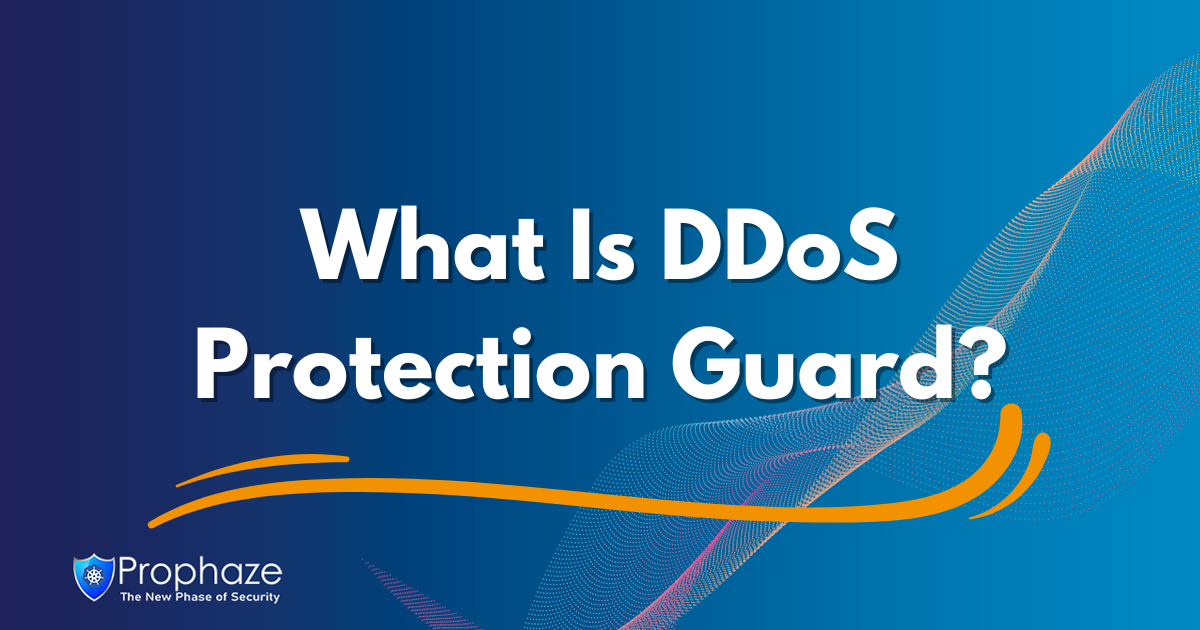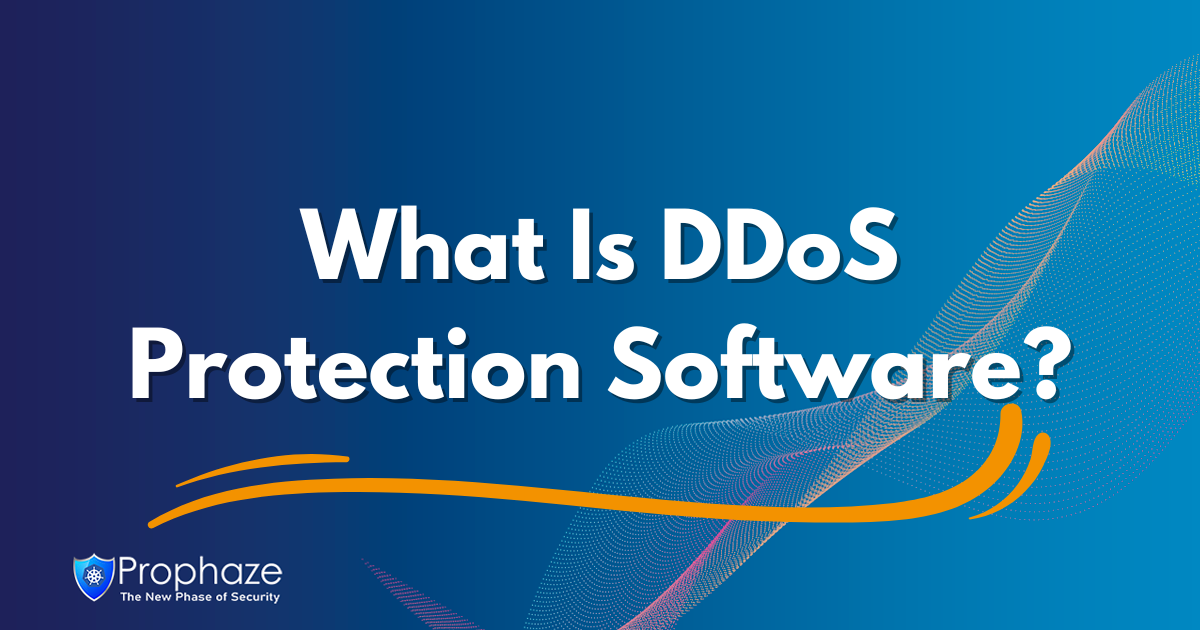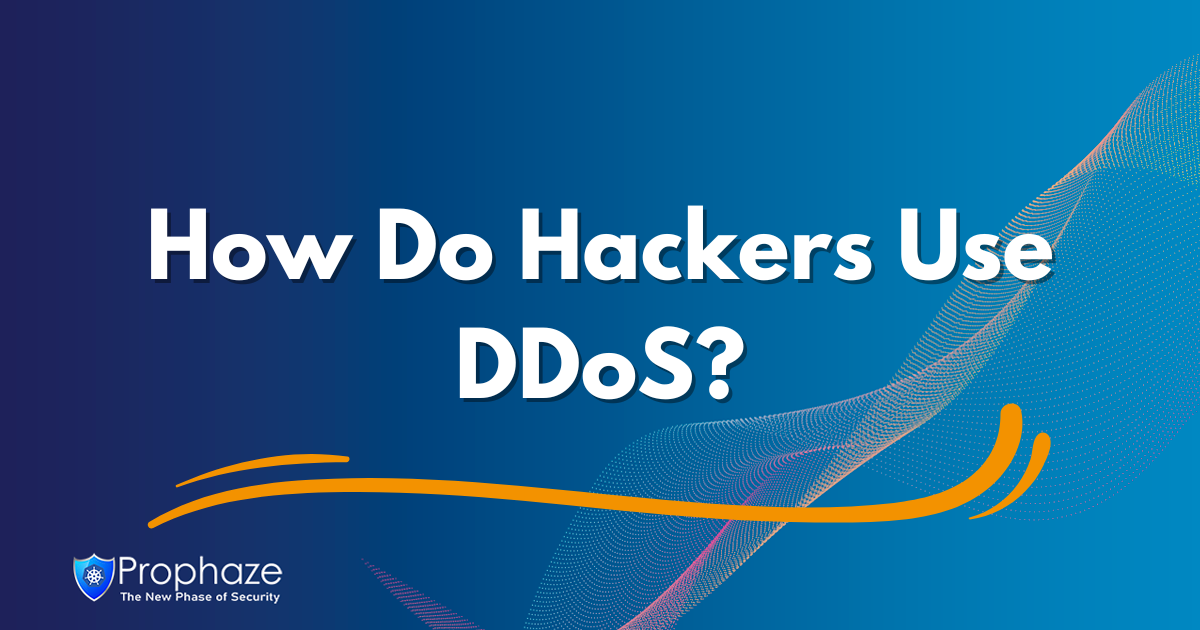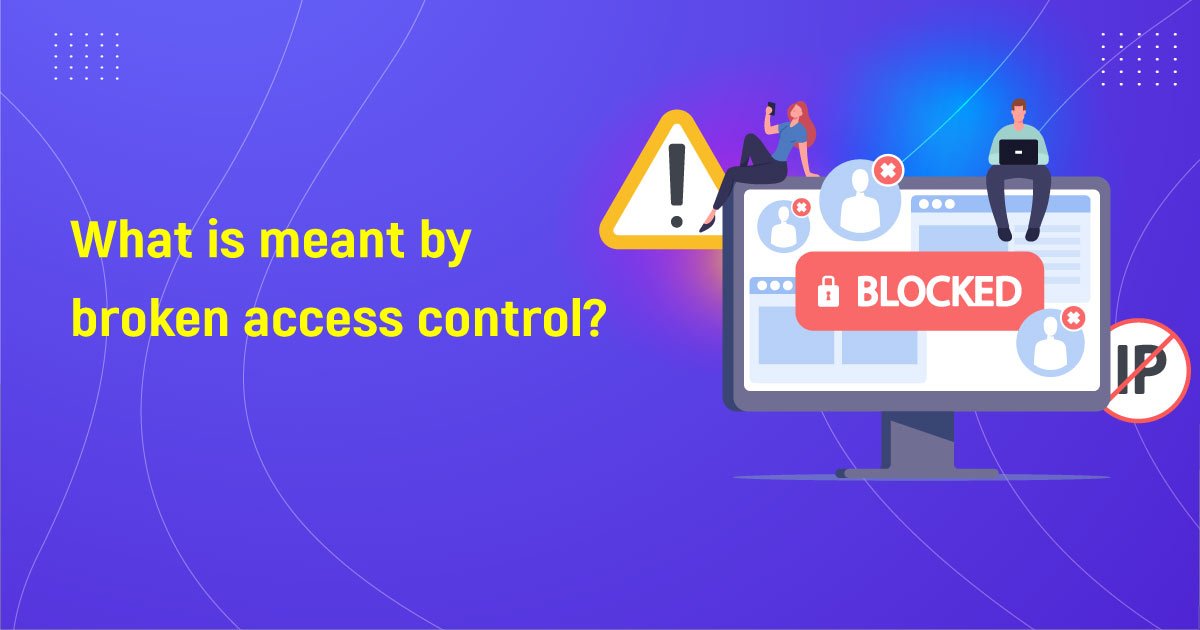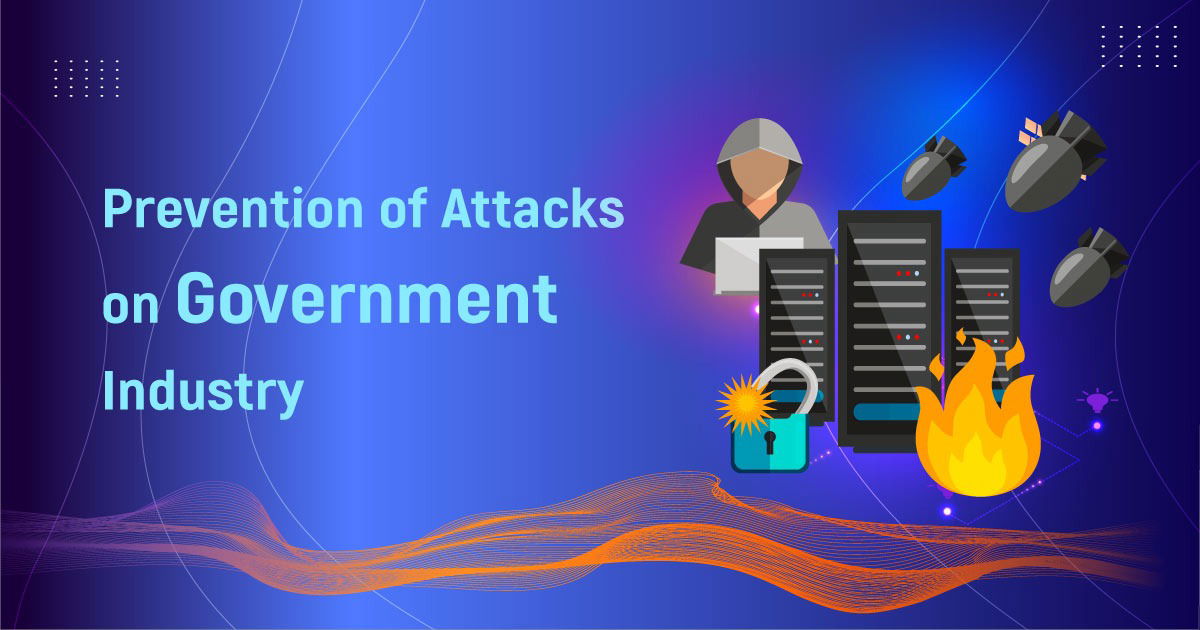Understanding the Difference from Malware
When discussing cybersecurity, it frequently seems that DDoS and malware are interchangeable terms or are mistakenly associated with each other. Nonetheless, understanding that DDoS attacks and malware are different entities is vital. This blog will clarify the unique characteristics of each and debunk the misconception that DDoS is a type of malware.
The nature of DDoS attacks is to overwhelm a target system or network with a massive volume of traffic or requests, resulting in its inaccessibility for legitimate users. DDoS attacks primarily target the disruption of service availability, causing inconvenience, financial losses, or reputational damage to businesses and organizations. DDoS attacks usually do not involve gaining unauthorized access, stealing data, or installing malicious software on the targeted systems.
Malware refers to malicious software created to infiltrate, compromise, or gain unauthorized access to computer systems. Types of malware include viruses, worms, Trojans, ransomware, and spyware. Data theft and system control are among the objectives of malware, along with financial gain and performing unauthorized activities without the user’s consent.
Differentiating DDoS attacks from malware is essential to understanding the unique threats each poses to cybersecurity. DDoS attacks primarily aim to disrupt availability by overwhelming systems with traffic, whereas malware attacks the system’s integrity, confidentiality, or control. Malicious software or payloads are not installed or executed during DDoS attacks. Achieving their goal involves relying on high volumes of traffic or resource exhaustion. Malware, on the other hand, is specifically designed to infiltrate and perform operations on compromised systems. The malware aims to gain unauthorized access, whereas DDoS attacks seek to obstruct operations.
Recognizing the distinctions between DDoS attacks and malware is paramount for implementing effective cybersecurity strategies.
Mitigating DDoS attacks and malware calls for diverse approaches. Traffic filtering, rate limiting, and traffic diversion techniques can help mitigate DDoS attacks. Malware defense requires anti-virus software, network monitoring, and user awareness training.
A comprehensive cybersecurity strategy should deal with both DDoS attacks and malware. By implementing multiple layers of defense, such as network security measures, secure coding practices, regular system updates, and employee education, it is possible to protect against various threats.
Conclusion
To summarize, DDoS attacks and malware represent distinct cybersecurity menaces. DDoS attacks focus on disrupting availability, while malware targets system compromise for various malicious intentions. Implementing appropriate security measures and understanding the differences between DDoS attacks and malware are essential for effectively defending against these threats. Organizations can enhance system, data, and reputation protection by implementing a comprehensive cybersecurity strategy that addresses DDoS attacks and malware.

